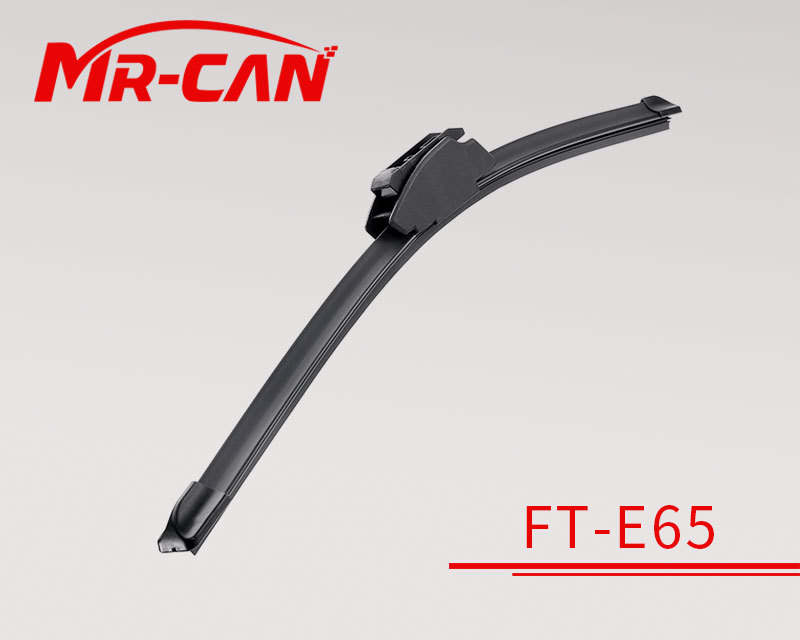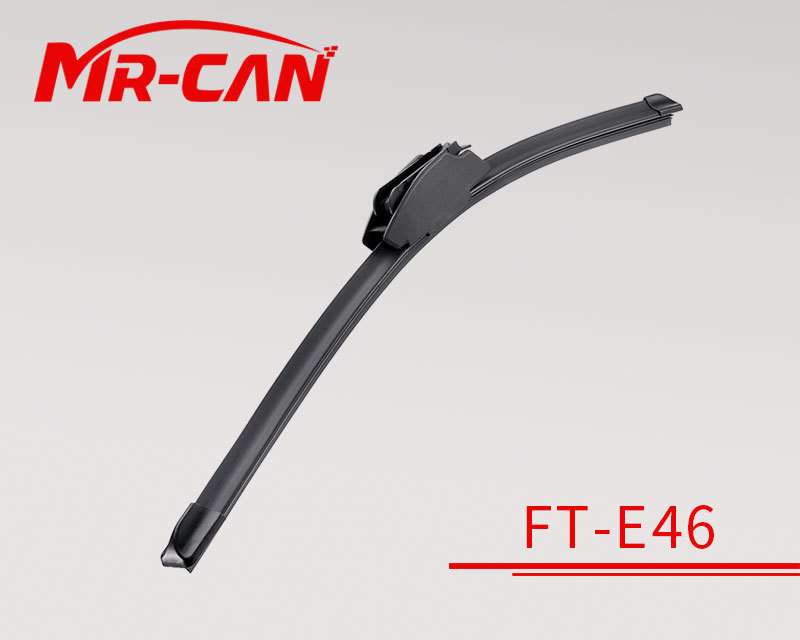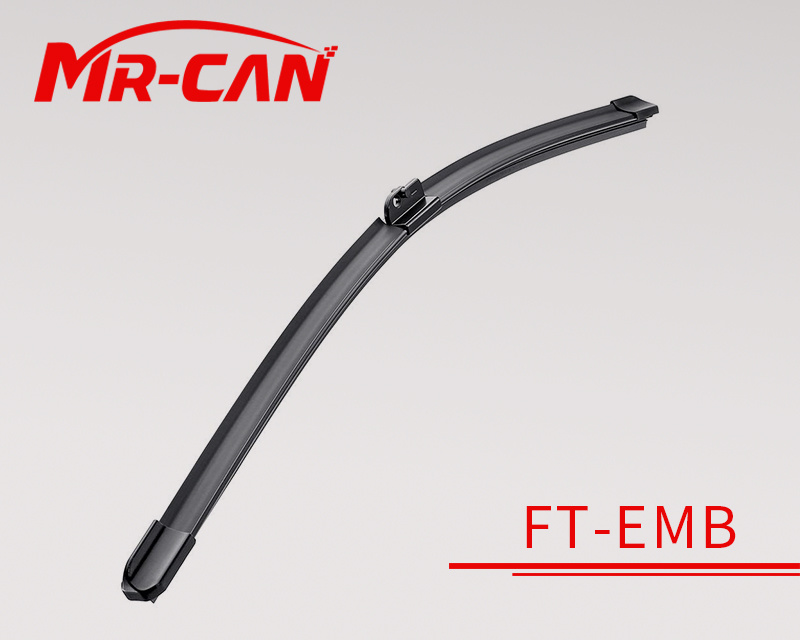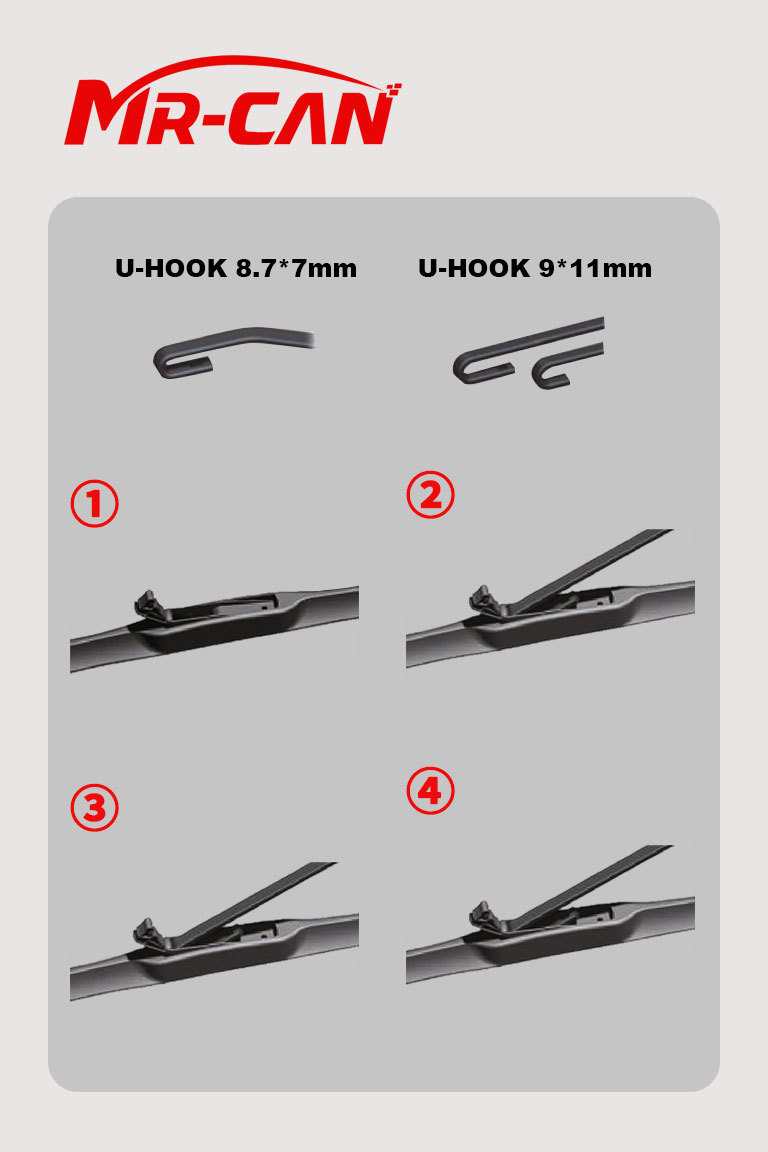The Future of Clear Vision: Beam Wiper Blades Explained
Release Time:
Mar 11,2025
The Future of Clear Vision: Beam Wiper Blades Explained Table of Contents 1. Introduction to Beam Wiper Blades 2. What Are Beam Wiper Blades? 3. How Beam Wiper Blades Work 4. Benefits of Beam Wiper Blades 5. Beam vs. Traditional Wiper Blades 6. Installation and Maintenance of Beam Wiper Blades 7. Choosing the Right Beam Wiper Blades 8. Common Issues and Solutions

The Future of Clear Vision: Beam Wiper Blades Explained
Table of Contents
- 1. Introduction to Beam Wiper Blades
- 2. What Are Beam Wiper Blades?
- 3. How Beam Wiper Blades Work
- 4. Benefits of Beam Wiper Blades
- 5. Beam vs. Traditional Wiper Blades
- 6. Installation and Maintenance of Beam Wiper Blades
- 7. Choosing the Right Beam Wiper Blades
- 8. Common Issues and Solutions
- 9. Frequently Asked Questions (FAQs)
- 10. Conclusion
1. Introduction to Beam Wiper Blades
In the realm of automotive maintenance, one aspect often overlooked is the importance of quality wiper blades. Clear visibility during adverse weather conditions is paramount for safety on the road. Beam wiper blades have emerged as a cutting-edge solution, providing superior performance and durability. This article delves into the specifics of beam wiper blades, examining their technology, benefits, and how they stack up against traditional wiper blades.
2. What Are Beam Wiper Blades?
Beam wiper blades are a modern type of wiper blade designed with a sleek, aerodynamic profile. Unlike traditional wiper blades that feature a metal frame, beam wipers utilize a flexible rubber construction that conforms better to the curvature of the windshield. This design not only enhances their functionality but also improves their aesthetic appeal. The absence of a bulky frame minimizes the likelihood of ice and snow accumulation, making them ideal for winter conditions.
3. How Beam Wiper Blades Work
The unique construction of beam wiper blades enables them to maintain consistent contact with the windshield, providing a more effective wipe. They operate using a simple yet efficient mechanism. The blade's rubber material is engineered to flex, allowing it to adapt to the windshield’s shape. As the wiper arm moves, the beam blade follows the contour of the glass, ensuring a streak-free and thorough wipe.
In addition to their flexible design, beam wiper blades often come equipped with advanced features such as silicone-infused rubber, which enhances water repellency and reduces drag while in motion. This innovative technology contributes to improved visibility, especially during heavy rain or snow.
4. Benefits of Beam Wiper Blades
The advantages of beam wiper blades extend beyond their streamlined appearance. Here are some key benefits:
4.1 Enhanced Performance in Adverse Weather
Beam wiper blades excel in various weather conditions. Their ability to conform to the windshield ensures optimal contact, which is critical during heavy rain or snow. This contact minimizes streaking and improves visibility, making them a safer choice for drivers.
4.2 Improved Aerodynamics
The aerodynamic design of beam wiper blades reduces wind lift, allowing them to maintain contact with the windshield at higher speeds. This feature is particularly beneficial for highway driving, enhancing both safety and performance.
4.3 Longer Lifespan
Due to their robust construction and materials, beam wiper blades typically have a longer lifespan compared to traditional counterparts. They resist wear and tear better, resulting in fewer replacements and lower long-term costs.
4.4 Low Noise Operation
Beam wiper blades operate quietly, reducing annoying squeaks and squeals that can occur with traditional wiper blades. This feature contributes to a more pleasant driving experience.
4.5 Sleek Design
The sleek, modern design of beam wiper blades enhances the aesthetic of any vehicle. They blend seamlessly with the windshield, providing a more polished look.
5. Beam vs. Traditional Wiper Blades
When comparing beam wiper blades to traditional wiper blades, several differences stand out.
5.1 Construction and Design
Traditional wiper blades typically feature a metal frame that can accumulate snow and ice, while beam blades are frame-less, allowing for better performance in winter conditions.
5.2 Performance
Beam blades offer superior performance, particularly in adverse weather. Their design allows for consistent contact with the windshield, reducing the likelihood of streaks.
5.3 Maintenance and Replacement
Beam wiper blades generally require less maintenance and have a longer lifespan, making them a more economical choice over time compared to traditional wiper blades.
6. Installation and Maintenance of Beam Wiper Blades
Installing beam wiper blades is straightforward and can often be done without professional assistance. Here’s a quick guide:
6.1 Installation Steps
1. **Remove Old Wiper Blades**: Lift the wiper arm away from the windshield and press the release tab to detach the old blade.
2. **Attach New Beam Wiper Blade**: Align the new beam wiper blade with the attachment point of the wiper arm. Press until you hear a click, indicating a secure fit.
3. **Lower Wiper Arm**: Gently lower the wiper arm back onto the windshield.
6.2 Maintenance Tips
- **Regular Cleaning**: Keep the wiper blades clean to ensure optimal performance. Use a soft cloth and a mild cleaner to wipe the rubber edge regularly.
- **Inspect for Damage**: Periodically check for signs of wear or damage. Replace blades that show cracks, tears, or other signs of deterioration.
7. Choosing the Right Beam Wiper Blades
Selecting the appropriate beam wiper blades for your vehicle involves several considerations:
7.1 Compatibility
Ensure that the beam wiper blades you choose are compatible with your vehicle's make and model. Many manufacturers provide specifications for their products.
7.2 Size
Wiper blades come in various sizes. Measure your existing blades or consult your vehicle's manual to determine the correct length.
7.3 Material Quality
Opt for high-quality materials that offer durability and performance. Look for silicone-infused rubber blades for enhanced water repellency.
8. Common Issues and Solutions
While beam wiper blades are generally reliable, users may encounter occasional issues. Here are some common problems and their solutions:
8.1 Streaking
If your wiper blades are streaking, they may need to be cleaned or replaced. Ensure the windshield is clean, and check for debris on the blade itself.
8.2 Noisy Operation
A noisy wiper blade can indicate that it is dirty or damaged. Clean the blade and inspect for any visible signs of wear.
8.3 Inconsistent Wiping
Inconsistent wiping may result from improper installation or a worn-out blade. Re-check the installation and replace the blade if necessary.
9. Frequently Asked Questions (FAQs)
9.1 How often should I replace beam wiper blades?
It's recommended to replace beam wiper blades every 6 to 12 months, depending on usage and weather conditions.
9.2 Can I use beam wiper blades in winter?
Absolutely! Beam wiper blades are designed to perform well in winter conditions due to their frame-less design.
9.3 Are beam wiper blades suitable for all vehicles?
Most vehicles can accommodate beam wiper blades, but it's essential to check compatibility with your specific model.
9.4 What is the difference between rubber and silicone wiper blades?
Silicone wiper blades are generally more durable and resistant to UV rays, while rubber blades may offer a lower initial cost but a shorter lifespan.
9.5 Do beam wiper blades work better than traditional ones?
Yes, beam wiper blades typically offer better performance, especially in adverse weather conditions, due to their design and material composition.
10. Conclusion
Beam wiper blades represent a significant advancement in automotive technology, enhancing visibility and safety during adverse weather conditions. Their unique design, superior performance, and ease of maintenance make them a worthwhile investment for any vehicle owner. By understanding the benefits and features of beam wiper blades, drivers can make informed choices to ensure clear vision on the road. Upgrading to beam wiper blades is not just a matter of convenience; it’s a commitment to safety and performance. Embrace the future of clear vision and experience the difference today!
Keywords:
More information




